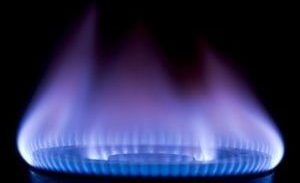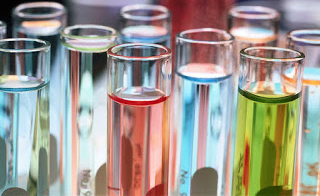
LPG stands for Liquefied Petroleum Gas and is a mixture of light hydrocarbons which are gaseous at atmospheric temperature and pressure. LPG is contained naturally in crude oil and natural gas production fields and is also produced in the oil refining process. LPG’s main components are Propane (C3H8) and Butane (C4H10) which are colorless, odorless, tasteless and non-toxic. LPG is a popular fuel that is both versatile and environmentally friendly. It can be readily liquefied for storage and transportation by a modest increase in pressure or by a reduction in temperature. It can thus be moved around like a liquid, but burned like a gas. The remarkably low production of NOx, air toxics and particles during combustion make LPG one of the world’s most environmentally friendly sources of energy. Liquefied LPG packs a lot of energy into a small space and its vaporization and therefore, its combustion is efficient. Each kilogram contains around 12,000 kcal of energy. LPG has a variety of uses in residential/commercial, industrial, transportation and agricultural sectors, such as cooking, space heating, water heating, clothes drying, air-conditioning, ceramic manufacturing, flame cutting, forklift fuel, motor fuel, power generation, greenhouse heating, crop drying, and etc.
LPG Mixed Specification
|
Maximum RVP at 100°F |
: |
120 psig |
|
|
Maximum Outlet Temperature |
: |
120°F |
|
|
Water Content |
: |
No Free Water |
|
|
Corrosivity |
: |
1 Copper Strip (prefer 1A) |
|
|
Total Sulfur |
: |
15 grains/ cu.ft.max. (ASTM-D784) |
|
|
Composition: |
|||
|
C2 |
: |
< 0.2 % vol |
|
|
C3 + C4 |
: |
> 97.5 % vol |
|
|
C5 + |
: |
< 2.0 % vol |
|




